Alex Laing reviews the latest in Paul Harris’s ever-growing oeuvre, this time focusing on hints and tips for sightreaders
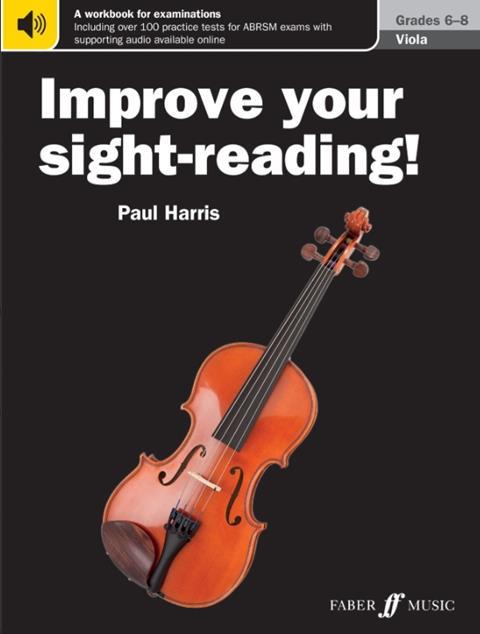
Improve your sight-reading! Viola Grades 6-8
Paul Harris
48PP ISBN 9780571543274
FABER MUSIC £9.99
Paul Harris is well known as one of the most published music educators. This volume is one of more than 500 publications he has published. His titles invariably start with the word Improve: Improve Your Scales!; Improve Your Aural; Improve Your Teaching. The latest in the series is Improve your sight-reading for viola (ABRSM grades 6–8).
Harris is a clarinettist, which may make some wonder about the quality of advice that might be imparted to viola players. No worries are necessary. This book does not concern itself with technical aspects of string playing; more with the theory, the mindset and the methods needed to immerse oneself in the potentially scary world of sightreading. As a further reassurance, Harris has advice from two fine upper string players and teachers: Gillian Secret and Jessica O’Leary.
The volume is well organised, taking the student through keys, time signatures and rhythms associated with each grade. The important message throughout is that with preparation and thought there is nothing to be scared about, as the student equips themselves with the ammunition to cope with all the elements needed to be a fluent and quick reader of new music.
Harris breaks down the skill of sightreading into its constituent parts. He first presents rhythmic exercises, which are to be grasped clearly, before moving on to melodic exercises. These explore the key, making the student familiar with the sound world and, importantly, the likely patterns (usually scalic) to be faced. Improvisation around the rhythms and scales is encouraged. This is great for sightreading as it helps the student into the mindset of keeping going and not being a slave to ‘perfection’.
After the exercises Harris presents prepared pieces, which are introduced with a series of questions or tasks designed to focus the student ahead of playing the piece. These tasks might include walking in time to the pulse, or hearing what you would like to play inside your head. This latter task is great for focusing on sound quality and also for including some character and expression in the ensuing performance.
The ‘Going Solo’ section of pieces follows, at which point the student is expected to use the skills previously explored, but now by themselves. Here Harris remains keen to keep students at ease. The pieces are accessible and the titles light-hearted: Don’t Triplet Over has the performance direction ‘walking along (a little unsteadily)’ and a piece at Grade 7 level in 7/8 is called What Shall We Do with the Very Drunk Sailor?
There is plenty of online audio accompanying this volume, designed to be listened to after the Going Solo section, where the student can check how close they got to rhythms, keys and the music’s overall style. The book does not contain anything groundbreaking, but it is not really trying to offer anything new. What it does contain is plenty of reassuring and familiar advice in clear, simple and fun ways for teachers and students looking for help to improve their speed of learning new music.
ALEX LAING
Book review: Unconditional Teaching by Paul Harris
Book review: Double Bass Basics by Paul Harris
Book review: Viola Basics by Paul Harris






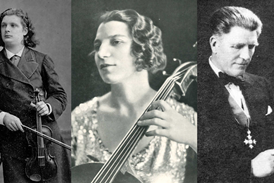



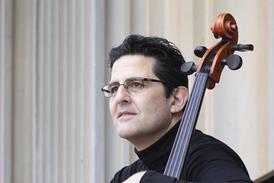


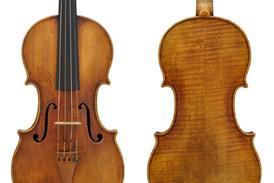









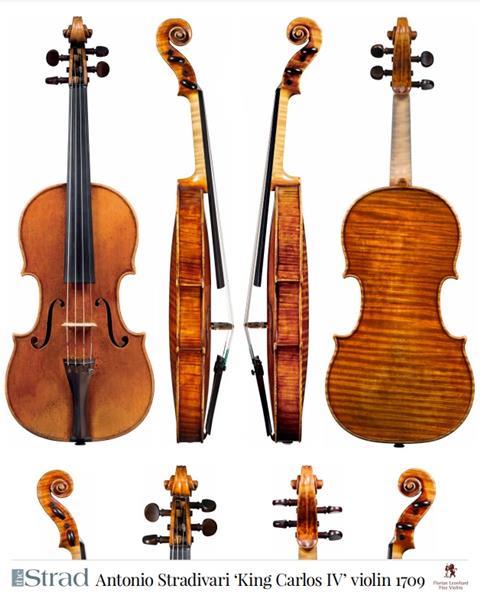
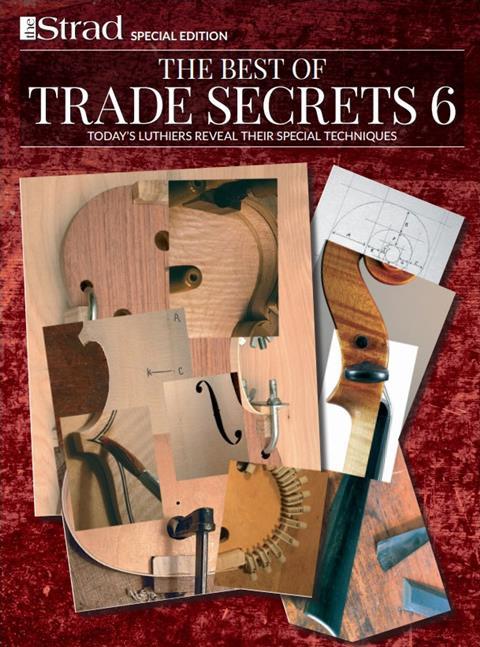
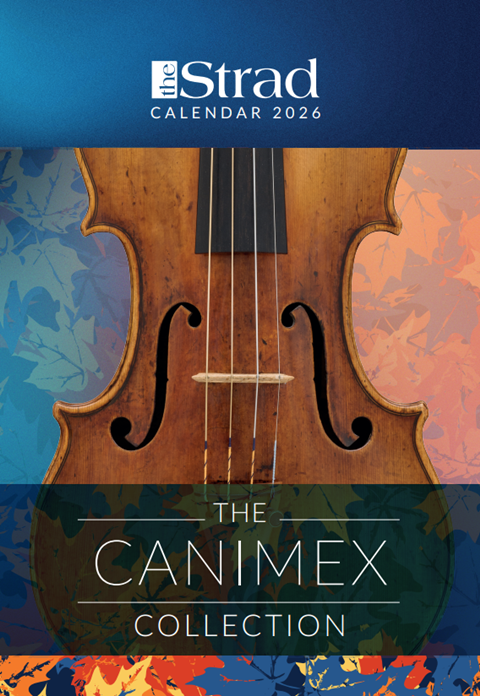
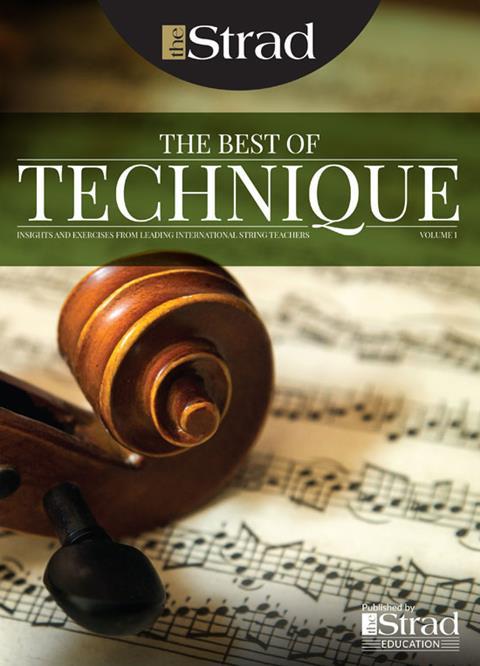
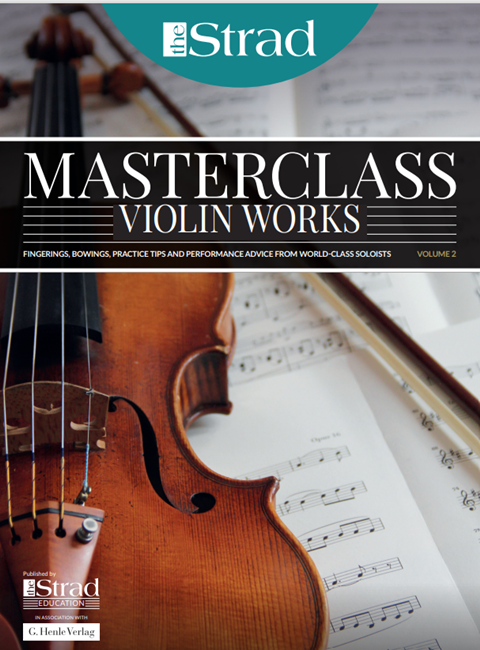
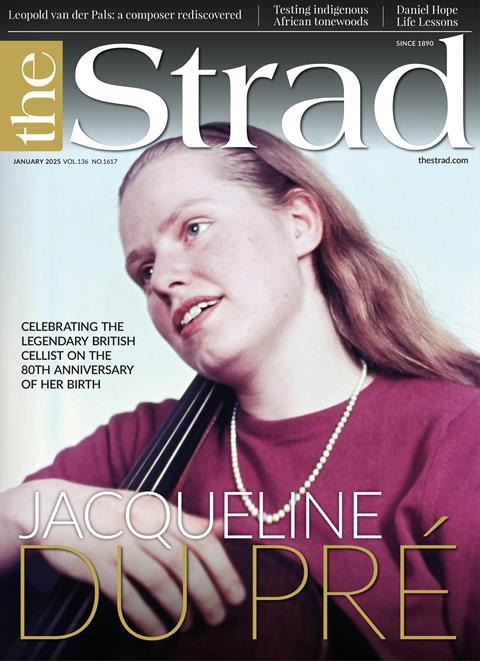
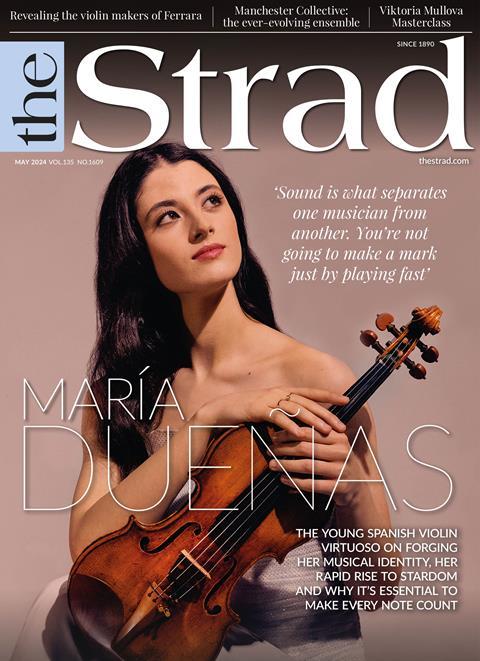
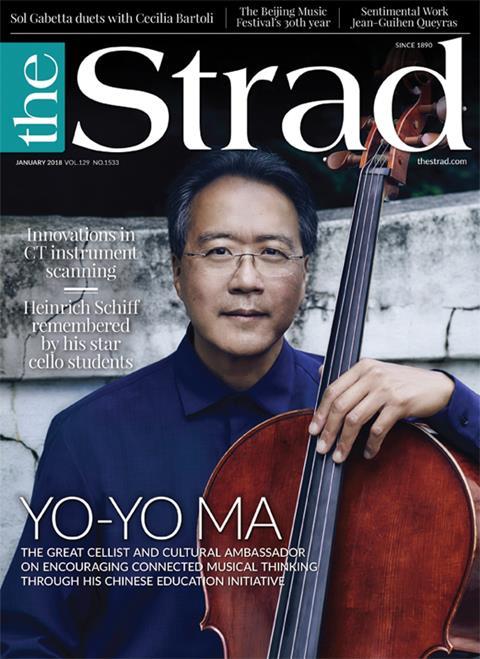












No comments yet